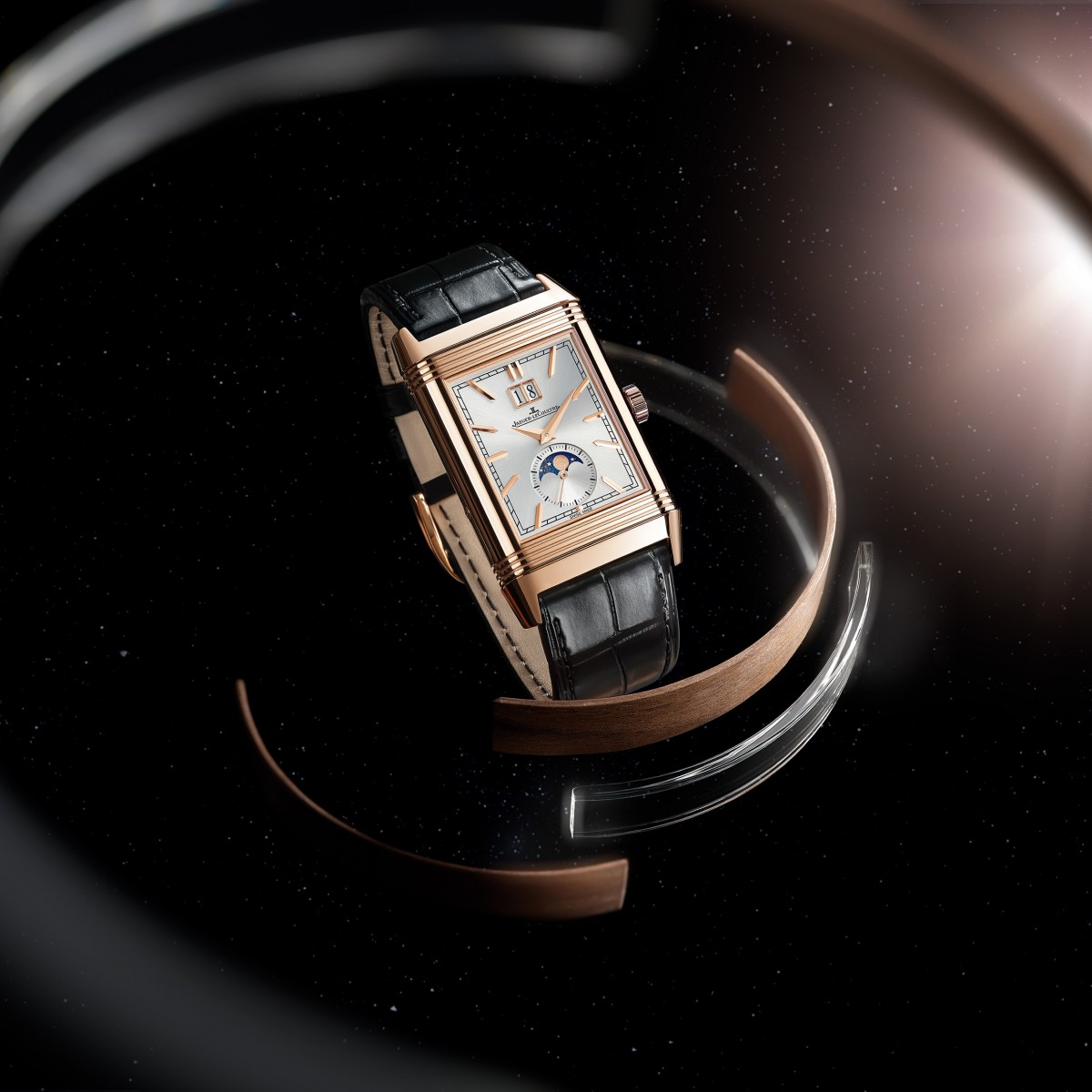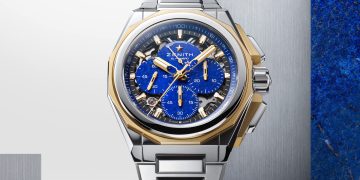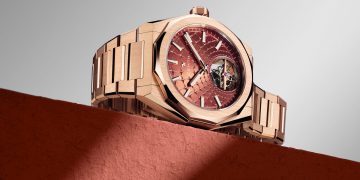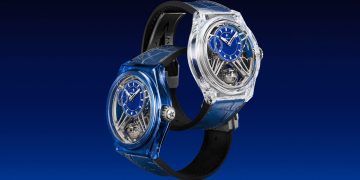Source: Images and content by @ Jaeger LeCoultre.

Reverso Writes a New Chapter in the Story of Complications
The launch of the Soixantième in 1991 had coincided with the rebirth of complicated watchmaking that followed the quartz crisis. Jaeger-LeCoultre’s long and distinguished history as a creator of high complications provided its engineers and designers with an exceptionally rich archive from which to learn, and develop new calibres. Nevertheless, the Manufacture’s goal of creating six new Reverso models within the decade, each incorporating one of the great classical complications, was very ambitious – not least, given the particular challenges posed by rectangular movements, which dictate a different architecture from that of round movements.
The Soixantième was followed in 1993 by the Reverso Tourbillon – the Manufacture’s first wristwatch tourbillon. In 1994, Jaeger-LeCoultre released the Reverso Répétition Minutes, the first time the Maison had miniaturised a minute repeater for a wristwatch, and the world’s first rectangular minute repeater movement. In 1996, La Grande Maison introduced the Reverso Chronographe Rétrograde, with an intricate display on the reverse side that solved the problem of how to arrange the chronograph counters within a rectangular frame. This was followed two years later by the Reverso Géographique and, coinciding with the Millennium, the Reverso Quantième Perpétuel.
In 2001, Jaeger-LeCoultre marked the completion of another decade in the Reverso story with the Septantième. Its movement, Calibre 879, offered an 8-day power reserve – almost unheard-of at the time. And now, nine decades after the Reverso was born, La Grande Maison introduces a new alliance of complications.








